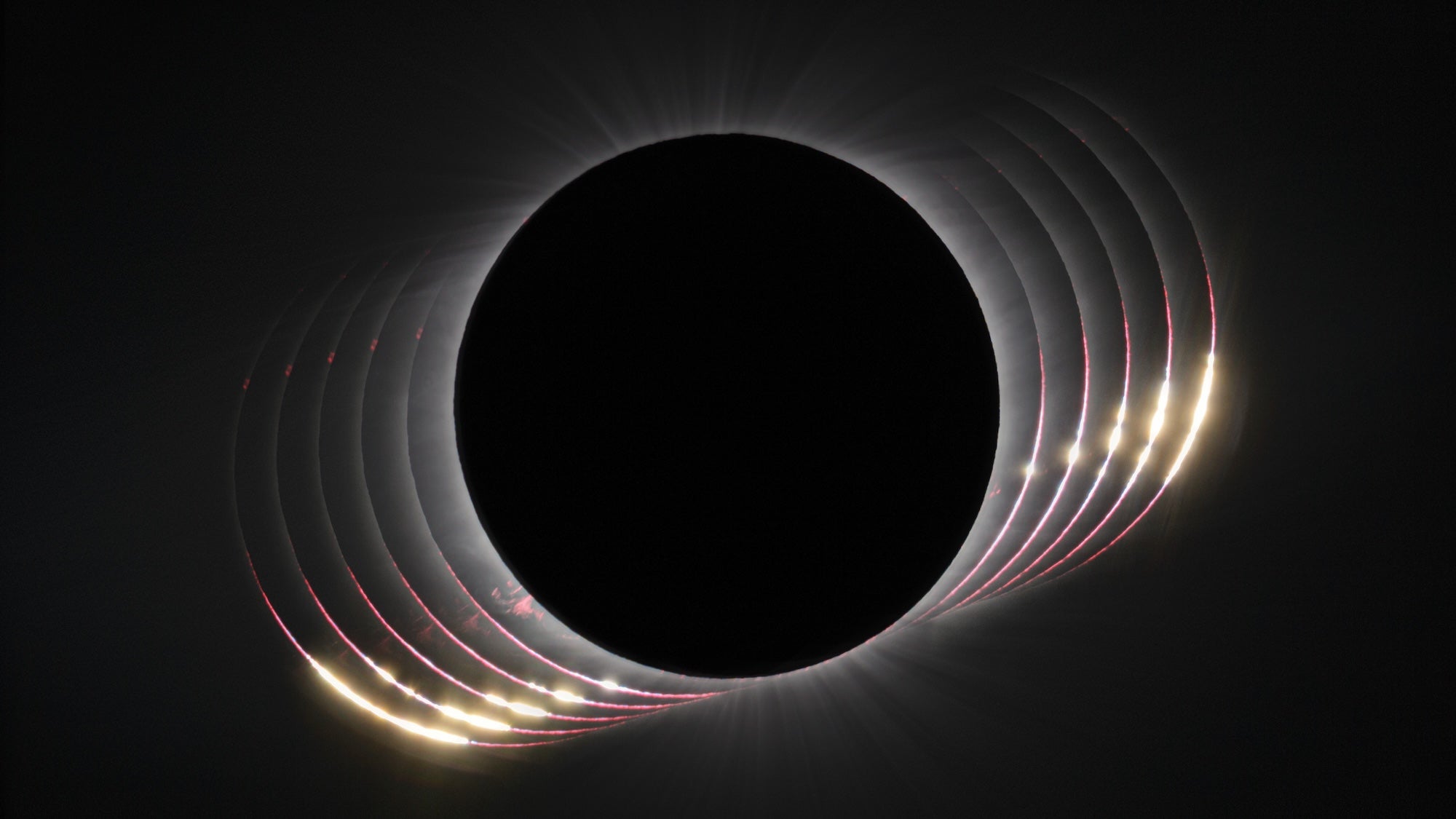A rotating spheroid will oblate when its centrifugal force generates enough inertia to slightly flatten it out into a more irregular, elliptical shape.
I didn’t know inertia could be generated. I thought mass just had inertia. Could someone explain? Are they talking out of their ass or is that statement actually accurate?
I think whoever wrote it just used the wrong word because yes inertia is dependent on mass, not momentumOkay I actually decided to check and I think it just a poorly written explanation of rotational inertia
A rotating spheroid will oblate when its centrifugal force generates enough
inertiaangular momentum to slightly flatten it out into a more irregular, elliptical shape.If the shape also changes, this would mean distribution of that mass relative to the axis of rotation would also have changed, which if I’m reading this right, affects rotational inertia.
Thank you! I knew I wasn’t crazy… 😬
Inertia is the tendency of objects in motion to stay in motion, and objects at rest to stay at rest, unless a force causes its speed or direction to change.from WikipediaSo they’re kind of just saying that once it picks up enough rotational speed.
Thank you! I appreciate it. I had a hunch they were sloppy with the term “inertia”, and this confirms it for me, assuming I’m understanding it correctly.
They are talking about Moment of Inertia. Inertia wrt to rotation changes with how they are positioned in reference to the spinning axis. Think slender bodies are easier to rotate compared to wider bodies with same mass. That’s what they mean when earth slightly flattens out its becoming less slender and more difficult to rotate
This image highlights Baily’s deads
lol, I’m not trying to pick on someone with dyslexia but this was a pretty funny typo.
Sweet, now I get to put “worked with NASA” in my résumé.
I’m honestly confused what they can get with shitty, massively processed smartphone sensors at low zoom. I understand the premise of stuff like radio telescopes distributed over a large area, but the quality of cell phone cameras just isn’t that high for anything at any kind of distance.
Even with my Canon 5D Mk3, with a 500mm lens multiplied to 1000mm by a teleconverter, and a solar film to manage how insanely powerful the sun is, the quality just isn’t that high:

I’m not seeing what a few hundred heavily processed pixels tell you even if you have a lot of samples.
Earth’s natural satellite can serve as a valuable research partner in measuring the sun’s oblateness. This is due to a phenomenon known as “Baily’s beads,” which are the tiny flashes of light during an eclipse that occur as solar light passes over the moon’s rugged terrain of craters, hills, and valleys. Since satellite imagery has helped produce extremely detailed mappings of lunar topography, experts can match Baily’s beads to the moon’s features as it passes in front of the sun.
The way I’m guessing this works is: Baily’s beads will be detectable on shitty cameras since they will be distinct flashes of light, and since we have very detailed information of the moon’s topography they can determine information on the sun based on your phone’s location and the timing of the flashes of light.
And if that is how it works, that is fuckin rad. A+ science.
I’d really like to see the modeling on this. My brain just can’t compute flashes that are discrete enough and useful enough to serve as data points.
Though once you get into advanced physics my brain starts to melt. And I guess even the idea that they’re able to plot the exact angular position to use the topography information is kind of fucking up my head.
“This item is not available in your country”. Too bad, I thought they could use data from Canada but I guess not!
Oh dear, it appears the once-great NASA has now stooped so low as to beg for our outdated smartphones during this year’s solar eclipse. It’s a shameful sight to see the once-proud organization that sent men to the moon is now reduced to soliciting cell phones from the public just to carry out basic astronomical observations. I guess that’s what happens when Democrats get their grubby little hands on things - they turn them into inefficient messes. How absurd that these rocket scientists can’t manage a simple observation without relying on citizens’ phones!
Did you read the article? Could you give a few quotes as to why that is your main takeaway here?
I feel like the comment was sarcastic. At least, that’s how I read it in my head.
The problem is, this is how a certain demographic unironically thinks sometimes.
Nope, based on the user’s comment history, they’re a conservative nutjob.
basic astronomical observations
No, this is not basic. I should really not engage with a troll, but for anyone else curious about why this is cool:
Current estimates on the size of the sun are on the order of ±1000km. “Wright said different papers using a variety of methods have produced results that differ by as much as 930 miles (1,500 km)”
This request for cell phone observations is trying to do some wild math way out of my comprehension, based on the flashes of light shining between mountains and valleys on the moon, to calculate the size of the sun down to single-digit kilometer accuracy. That’s three orders of magnitude more accurate than our current measurements. And this type of measurement can only happen during an eclipse.
To me that is absolutely wild, good job NASA 🚀
~25 billion in funding and they need my phone…
I see the lack of critical thinking apple doesn’t fall far from the Reddit tree.
How does this guy complaining about funding mean he lacks critical thinking? This place is more full of thoughtless agitprop than Reddit. Your botlike comment is useless and could be a response to anything. This place sucks lol
Could it be something like the overall funding for an institution is not relevant to crowdsourcing one research project? Or maybe that no matter what you think about overall budget, that has nothing to do with trying to get millions of sensors in place? Or maybe that regardless of government funding, citizen participation in science is exciting and cool?
Edit: or maybe it’s just a throwaway comment trying to stir outrage, rather than having any relevance to continuing a discussion
Thanks for shilling
Holy crap yeah, you can’t even build one high speed rail line with that! You couldn’t even rebuild the World Trade Center in NYC with that! That’s less than the Big Dig rebuilding a couple miles of highway in Boston! How are we keeping NASA so poor when they consistently deliver science that is both literally and figuratively out of this world?
Until we can multiply that budget, “all your [phones] are belong to [NASA]”








